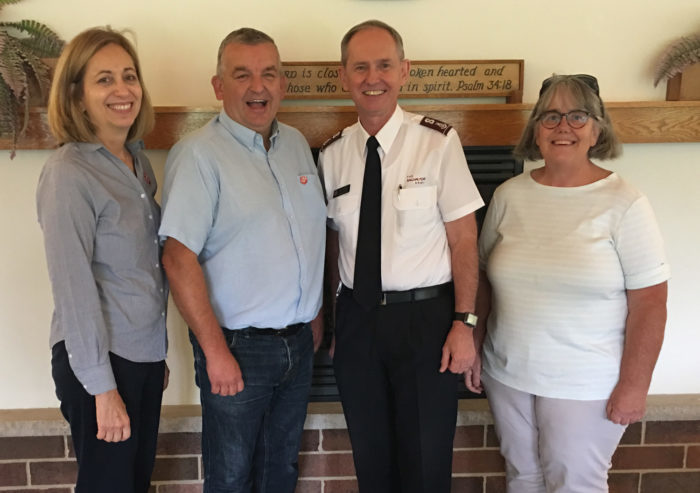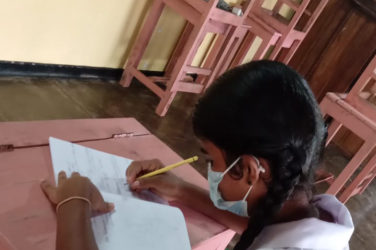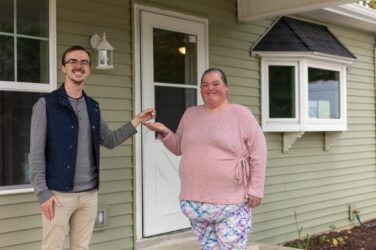Summit affirms older adults, identifies best practices and resources for ministry
by Dr. Maribeth V. Swanson
Look around your community and you’ll see that our country’s aging trends are similar to the last days of Moses who was 129 when he died “yet his eyes were not weak nor his strength gone” (Deut. 34:7). The number of centenarians in the U.S. grew by 44 percent between 2000 and 2014. Nationally, the population over age 65 is growing faster than our total population; by 2030 those over 65 will equal 20 percent, growing to 25 percent by 2060.
Demographic data indicates Baby Boomers are the primary constituents, and 70 is the new 65. States like Arizona and Florida have the highest numbers, primarily a result of migration of mobile seniors with financial stability. Yet, the Midwest also is aging, especially in rural counties, as those who don’t migrate to southern states are more likely to “age in place.”
To address anticipated aging trends, the Aging Services and Older Adult Ministries Strategy Summit has convened over a two-year period to conduct an environmental scan of relevant demographic data, survey existing programs across the territory, identify best practices and bring together resources to promote healthy aging and spiritual care across the lifespan.
Additionally, the project has focused on asking hard questions regarding the challenges, as well as opportunities, aging trends will have on ensuring healthy corps life and The Salvation Army’s community and social programs. Is The Salvation Army ready to meet the volume of “human need” for the marginalized who are aging and homeless, aging and addicted, and aging and disabled?
To further develop a vision for what the future could look like, Andrew Wileman, assistant director for Older Peoples Services in the United Kingdom and Ireland Territory (UKI), was invited to the 2019 Summit to share the work the UKI has undertaken in the past three years in developing an affirming approach that is addressing similar trends in the U.S. Holding the view that “an older corps is not a dying corps,” he shared not only the strategic personnel and organizational resources that are bringing an enhanced focus to serving older adults but the resources and program models that have been developed to address their common values and needs: the need to belong, dignity, respect, financial stability, spiritual care unique for this season, health and access to quality healthcare.
Summit participants caught a new vision for what is possible for the future of Salvation Army programs and services for older adults in our territory. The takeaways from the UKI experience were instrumental in the group in identifying five pillars that will support the future development of aging services and older adult ministries in the Central Territory: biblical imperative, bringing justice, advocacy, education, and a call to act.
The vision for the future of aging services and older adult ministries will be grounded in a vision whereby older adults, their caregivers and families are met with the unconditional love of God. As stated by Evangeline Booth, “It is not how many years we live, but what we do with them. It is not what we receive, but what we give to others.” Summit participants agreed on a vision: Our vision is to meet you where you are with the unconditional love of God; redefining community one life at a time.





